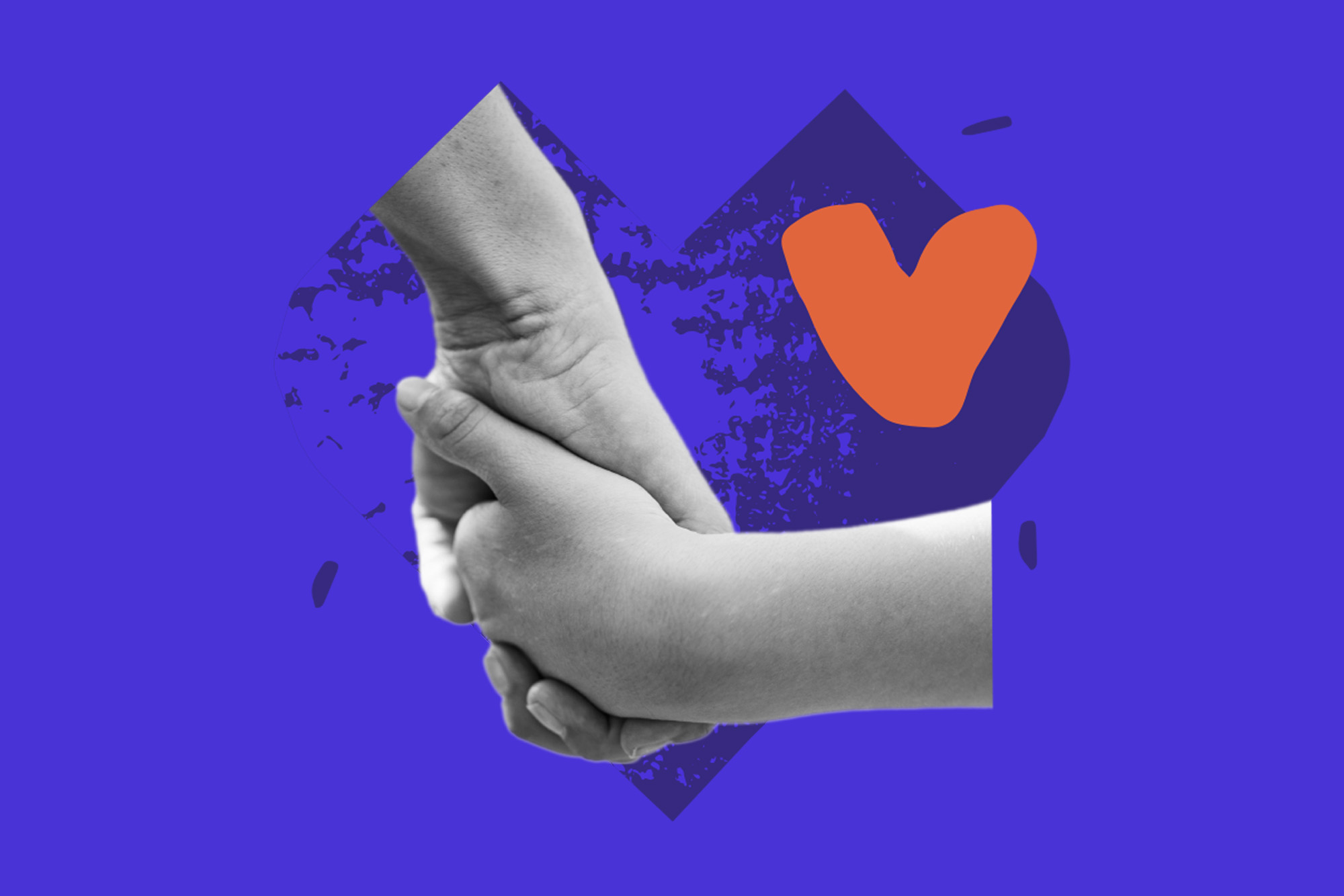Every May, we get the chance to pause and thank the educators who do so much more than teach. During Teacher Appreciation Week, let’s celebrate the people who create classrooms where kids feel safe, valued, and empowered to grow.
Teachers help shape how children see themselves and others. From the words they choose to the support they offer, educators play a powerful role in building kids’ confidence and creating spaces that support healthy relationships with food, body, and self.
Here are a few simple, thoughtful ways you and your child can say “thank you.”
1. A Note That Comes from the Heart
Sometimes, a simple gesture can also be one of the most impactful. A handwritten note from a student can remind a teacher why they do what they do. Encourage your child to share something specific, such as a time their teacher made them feel proud or how they’ve helped create a welcoming classroom.
If they’re not sure what to say, help them start with prompts like:
- Thank you for helping me…
- You helped me feel proud of…
- I like coming to class because…
2. Thoughtful and Inclusive Gifts for Teachers
When choosing a gift, think about what’s helpful or meaningful. If your child knows their teacher well, a small personalized gift can go a long way. Something that reflects their interests, like a favorite book or plant.
Gift cards to bookstores, local coffee shops, or classroom supply stores are always appreciated.
So are fresh classroom materials like markers, books, or sensory tools, especially when they help create an engaging space for all students.
3. Acts of Service and Everyday Support
Not every show of teacher appreciation needs to come with a gift tag. Even small acts of support can speak volumes. Contributing your time or energy shows appreciation in action.
You might team up with other parents to volunteer to help out with:
- A classroom project
- Organize supplies
- Lead an activity that the teacher would normally need to plan themselves
These behind-the-scenes acts of care don’t always get the spotlight, but they often make the biggest difference.
4. Create Something Together
Want to go bigger? Rally the class for a group project. When students contribute to something creative and personal, it goes beyond showing appreciation. It strengthens the classroom community, too.
It can be something relatively quick and easy, such as a straightforward art project that hangs in the room or hallway with notes of thanks. Or something done virtually, such as a short video montage of students sharing memories, compliments, or what they love about class.
Few things are as meaningful as a memory book filled with student artwork and parent messages. It’s a gift that sticks with teachers long after the year ends.
5. Keep the Gratitude Going
Support doesn’t have to end in May.
A quick note mid-semester. A small donation toward classroom supplies. Even just saying “I see how much you do” at pickup. These everyday moments of recognition can carry just as much weight as a formal celebration.
When parents, caregivers, and teachers work together, it strengthens the support system that helps kids thrive. And by modeling gratitude, we show children how to build a culture of supportive appreciation that lasts all year long.
Get our Free Guide for Teachers
Want to do even more? Download our free “
What to Say: Guide for Teachers” and share it with the teachers in your life. It’s a practical resource to help educators protect kids’ health, particularly as it relates to how we talk about food and body.
Because a kind word can go a long way, and the right tools can go even further.
Want monthly tips on how to help kids feel good in their bodies and with food? Sign up for our free Tip of the Month email for quick, practical guidance delivered right to your inbox.



